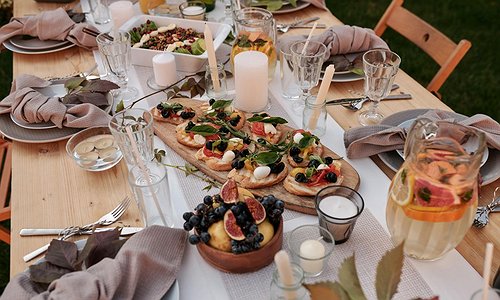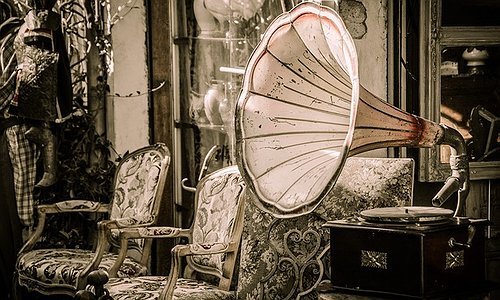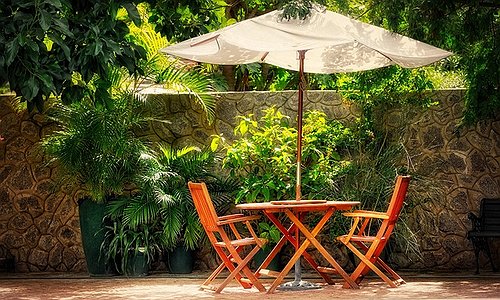Finding the spirit of stillness in the Karoo

The Karoo’s sacred sites are not all recorded on maps. Some appear as abandoned buildings on gravel roads, others lie tucked beneath cliffs or in shallow caves that hold the soft echoes of long-passed feet. What links them is not formal religion, but the deep sense of spiritual pause they create. In a region known for its remoteness, these places offer a kind of arrival.
The legacy of mission stations
Mission stations were among the earliest built sanctuaries across the Karoo. Often established by European missionaries in the 18th and 19th centuries, these spaces became sites of cultural encounter, resistance, and reinvention.
While some, like the mission church at Bethesda in Nieu-Bethesda, remain in partial use, others stand deserted, their bells silenced, their pulpits bare. Their importance now is not only in what they once were, but in what they continue to hold: layers of history, faded hymns, and the communities who once gathered there.
Each station offers a glimpse into a time when the Karoo was a frontier of spiritual negotiation. Walking among the ruins, one senses that these are places where stories were both made and unmade. They are not only relics, but reminders that spiritual journeys often unfold in tension.
Cave churches and natural sanctuaries
Beyond the missions lie more ancient sanctuaries still. In the eastern reaches of the Karoo, near the mountains of the Gariep, caves were once used as places of worship and refuge. Some were later adopted by itinerant preachers and turned into makeshift chapels. These cave churches are rudimentary, simple crosses carved into stone, stones arranged into seats, fire-blackened walls that tell of past vigils.
Here, the distinction between religion and nature vanishes. The ceiling is sky, the altar is earth, and prayer is a kind of listening. These are places where a traveller might sit alone for hours, watching the light shift across stone, hearing the land speak in its own, slow voice.
San rock art and the spirit world
The oldest spiritual legacy in the Karoo belongs to the San, whose rock art dots the region in hidden overhangs and sheltered valleys. These works, some dating back thousands of years, are not decorative, they are deeply spiritual expressions. The eland, often depicted in trance postures, was sacred to the San. Its image was linked to transformation and healing.
To view San rock art is to encounter a form of communion between humans and the unseen. It is a reminder that long before churches or stations, the land itself was a sacred text. For those willing to walk slowly and look closely, these faded paintings still speak of visions, and a spiritual understanding rooted in relationship rather than dominance.
A journey of slowness and stillness
Travelling to these sites is not a tick-box activity. It is a kind of slow travel, often along corrugated roads where cellphone signal fades and silence grows. What the Karoo offers is not a defined faith, but a space in which to ask questions. It allows for solitude without loneliness, and for a kind of spiritual presence without need for definition.
It asks only that you arrive open, and leave changed.




